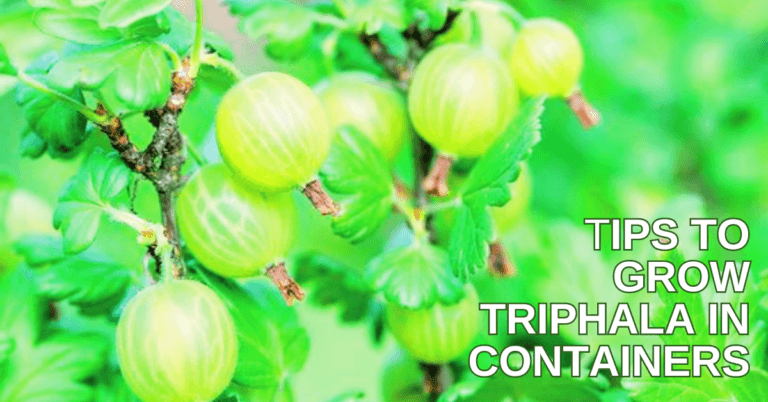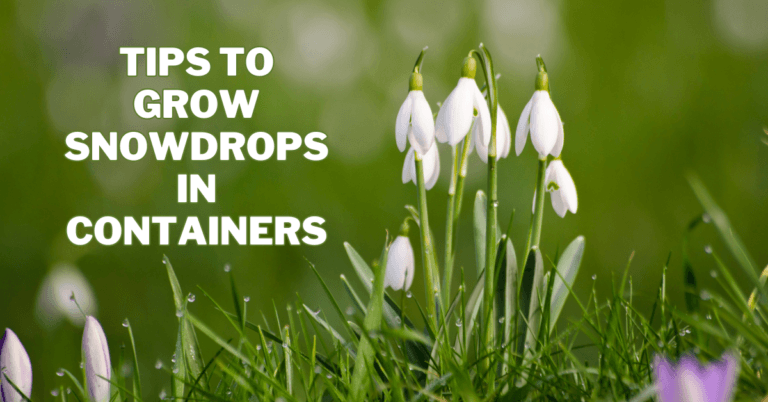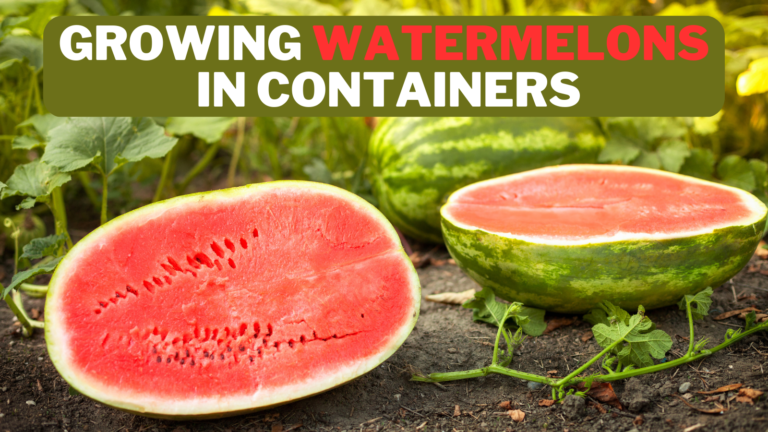Best Tips To Grow Ajwain In Containers
Best Tips To Grow Ajwain In Containers
Ajwain, also known as carom seeds, is a valued herb in Indian cuisine for its aromatic seeds, which offer numerous health benefits.
Growing ajwain in containers is an excellent way for urban gardeners and culinary enthusiasts to enjoy fresh, organic ajwain leaves and seeds right from their balcony or windowsill.
This article offers a comprehensive guide on growing ajwain in containers, enabling urban gardeners and culinary enthusiasts to enjoy fresh, organic leaves and seeds right at home.
We'll cover everything from selecting the right type of container, soil preparation, and planting techniques to essential care tips such as watering, sunlight requirements, and pest management. Ajwain plants are known for their hardiness, making them suitable for gardeners of all levels.
By the end of this guide, you'll be well-equipped with the knowledge to grow a thriving ajwain plant in your home, ensuring a fresh supply of this potent herb for your culinary experiments and health remedies.
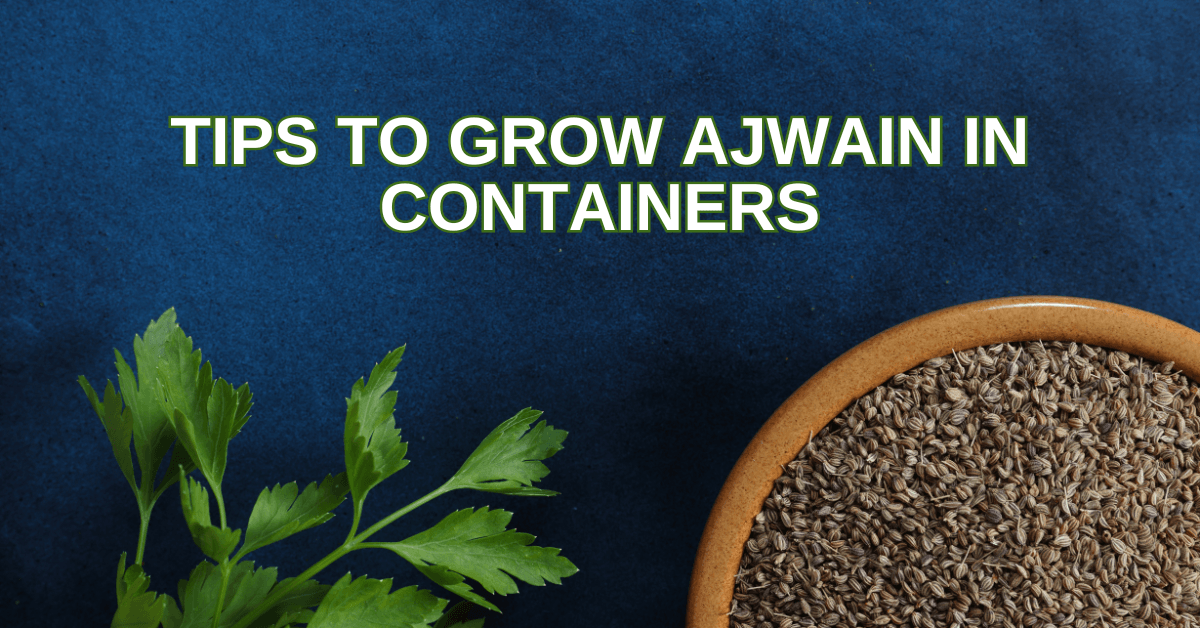
Benefits Of Ajwain Plants
With its aromatic seeds, Ajwain plants are a culinary favourite and a powerhouse of health benefits, making them a valuable addition to any home garden.
Here are some of the notable benefits of Ajwain plants:
1. Digestive Health
Ajwain seeds are renowned for enhancing digestion. Due to their carminative properties, they can help relieve indigestion, bloating, and gas.
Chewing a small amount of ajwain seeds can stimulate the release of gastric juices, aiding digestion.
2. Antibacterial And Antifungal Properties
The active enzymes in ajwain seeds have potent antibacterial and antifungal effects. They can fight off various infections and are particularly effective against bacteria like E. coli and Salmonella, which cause food poisoning.
3. Relief From Common Colds
Ajwain can be a natural remedy for cold symptoms. The seeds contain thymol, an essential oil that can help clear nasal blockage by drawing out mucus. A hot poultice of ajwain seeds can also relieve chest congestion.
4. Anti-inflammatory Effects
Ajwain's anti-inflammatory properties can help reduce pain and swelling. This is particularly beneficial for arthritis patients, as applying a paste of crushed ajwain seeds to the affected area can provide relief.
5. Weight Loss
Ajwain seeds can aid in weight loss by enhancing digestion, which can help improve metabolism. Drinking ajwain water first thing in the morning is a popular remedy for boosting metabolism.
6. For Respiratory Health
Ajwain acts as an excellent decongestant. It can relieve asthma symptoms and even help treat bronchitis and other respiratory ailments due to its expectorant properties.
7. Menstrual Cramps Relief
Ajwain water's antispasmodic qualities, which lessen muscle contractions, make it a good choice for easing menstruation pain and cramps.
8. Improves Heart Health
Ajwain seeds may help lower blood pressure and cholesterol levels and improve heart health. The niacin and thymol in ajwain seeds are known to benefit the heart.
9. Liver And Kidney Health
Ajwain seeds have hepatoprotective and nephroprotective properties, which can safeguard the liver and kidneys from damage and improve their function.
Incorporating ajwain into your diet or using it as a remedy can benefit you. However, like any remedy, it should be used in moderation, and one should consult with a healthcare provider before using ajwain as a treatment for specific health conditions.
Medicinal Uses Of Ajwain Plants
Exploring beyond its culinary uses, uncovering the lesser-known medicinal benefits of the Ajwain plant highlights its diverse role, making it a valuable addition to container gardens for both culinary and health purposes:
1. Detoxification
Ajwain seeds are believed to have detoxifying properties, helping to cleanse the body of toxins. This detox effect can contribute to better health and support the functioning of the liver and kidneys, aiding in the body's purification processes.
2. Anti-Hyperlipidemic
It is unique in its ability to influence lipid profiles, so Ajwain can help manage high cholesterol levels.
Its active compounds have been shown to reduce bad cholesterol (LDL) and triglycerides while potentially increasing good cholesterol (HDL), thereby supporting heart health in a manner not commonly found in other herbs.
3. Antilithiatic
Ajwain has been observed to have properties that can prevent the formation of kidney stones. It can act as a natural antilithiatic agent, helping to break down rocks or prevent their formation, thanks to its diuretic properties, which increase urine output.
4. Neuroprotective Properties
Ajwain exhibits neuroprotective effects in cognitive health. Its antioxidant properties help protect the nervous system from oxidative stress and improve cognitive functions, potentially benefiting neurodegenerative diseases.
5. Antihistaminic Effect
Due to its antihistaminic properties, ajwain might offer unique relief for allergies. Its ability to counteract histamine's effects can help alleviate sneezing, itching, and other allergy-related symptoms.
6. Anti-Asthmatic
Ajwain offers anti-asthmatic benefits beyond its general benefits for respiratory health. It can help relax the airway muscles and improve airflow to the lungs, relieving asthma sufferers during an asthma attack.
7. Anticonvulsant
Ajwain's benefits extend to managing convulsions or seizures. Its anticonvulsant properties can help in reducing the frequency and intensity of seizures, making it a valuable adjunctive treatment in epilepsy and other seizure disorders.
8. Improves Skin Health
Ajwain's antibacterial and antifungal properties benefit skin health, particularly in treating infections like acne and fungi.
Applying Ajwain-infused water or paste to the skin can help fight off pathogens, leading to clearer skin.
Ajwain's myriad uses, from detoxification to neuroprotection, underscores its significant yet underappreciated role in medicinal practices.
Incorporating Ajwain into one's diet or as part of a natural remedy regimen can thus offer a wide range of health benefits, touching upon aspects of well-being that are both common and uniquely challenging.
Types Of Ajwain Plants
Ajwain, also known as carom seeds, typically refers to the seeds of the Ajwain plant (Trachyspermum ammi).
Exploring the various cultivars of the Ajwain plant underscores its adaptability and potential for container gardening.
This offers enthusiasts a range of options to grow Ajwain in containers tailored to their preferences and needs.
Here are a few notable types:
1. Indian Ajwain (Trachyspermum ammi)
This is the most common type of Ajwain plant cultivated and used in Indian cuisine and traditional medicine.
It has small, oval-shaped seeds with a strong, pungent flavour and aroma. Indian Ajwain is widely used for its digestive properties and as a dish spice.
2. Iranian Ajwain (Carum copticum)
Also known as Iranian caraway or Persian cumin, this variety of Ajwain is cultivated in Iran and other Middle Eastern countries. It has similar properties to Indian Ajwain but may have slightly different flavour profiles.
3. Bishop's Weed (Trachyspermum copticum)
Although often confused with Ajwain, Bishop's Weed is a different plant species but is sometimes called “Ajwain” in various regions.
It has aromatic and medicinal properties similar to Ajwain and is used similarly in cooking and medicine.
4. Ethiopian Ajwain (Trachyspermum copticum)
Also known as Ethiopian cumin, this variety of Ajwain is native to Ethiopia and is closely related to Indian Ajwain.
It shares similar flavour and medicinal properties and is used in Ethiopian cuisine and traditional medicine.
5. Egyptian Ajwain (Trachyspermum copticum)
Like Ethiopian Ajwain, Egyptian Ajwain is another variety in the Middle East. It is used in Egyptian cooking and herbal medicine, often as a digestive aid and flavouring agent.
6. Mexican Ajwain (Porophyllum ruderale)
While not directly related to Trachyspermum species, Mexican Ajwain, also known as Papaloquelite, is sometimes called “Ajwain” due to its similar flavour profile.
Its strong, aromatic leaves are used as a culinary herb in Mexican cuisine, particularly in salads, salsas, and soups.
7. Ajowan Thyme (Trachyspermum ammi)
Ajowan Thyme is a variety of Ajwain sometimes referred to as “Ajwain” due to its similar flavour and aroma.
It is used as a culinary herb and medicinal plant, particularly in regions where it is grown, such as Iran, Afghanistan, and Central Asia.
8. Wild Ajwain (Trachyspermum roxburghianum)
This variety of Ajwain is native to the Himalayan region and is often found growing wild in mountainous areas. It has smaller seeds than Indian Ajwain but shares similar aromatic and medicinal properties.
These varieties and related plants further highlight the diverse uses and cultural significance of Ajwain and its counterparts across different regions of the world.
Each type may have unique characteristics, flavours, and medicinal applications, enriching culinary and herbal traditions globally.
Exploring The Tips To Grow Ajwain In Containers
You can access a world of savoury seeds and aromatic herbs when cultivating ajwain in containers.
Learn to grow ajwain in containers effectively, and you'll unlock a world of aromatic leaves and savoury seeds ideal for culinary use:

1. Choose the Right Container To Grow Ajwain
Selecting a container at least 8-10 inches deep with proper drainage is crucial to successfully growing Ajwain in containers, ensuring optimal root development and preventing moisture-related problems.
Aim for a container at least 8-10 inches deep to adequately accommodate the Ajwain plant's root system.
This depth stabilizes the plant's growth and permits appropriate root development. Furthermore, ensure the container has enough bottom drainage holes to avoid waterlogging, which can result in root rot and other moisture-related problems.
Terracotta pots are an excellent choice for Ajwain cultivation as they are porous, allowing excess moisture to evaporate from the soil, thus reducing the risk of overwatering.
Plastic pots can also be suitable, provided they have sufficient drainage holes. Choose a sturdy and stable container to support the Ajwain plant's growth regardless of the material.
Selecting the right container with proper depth and drainage will create an optimal environment for your Ajwain plants to thrive in a container garden setting.
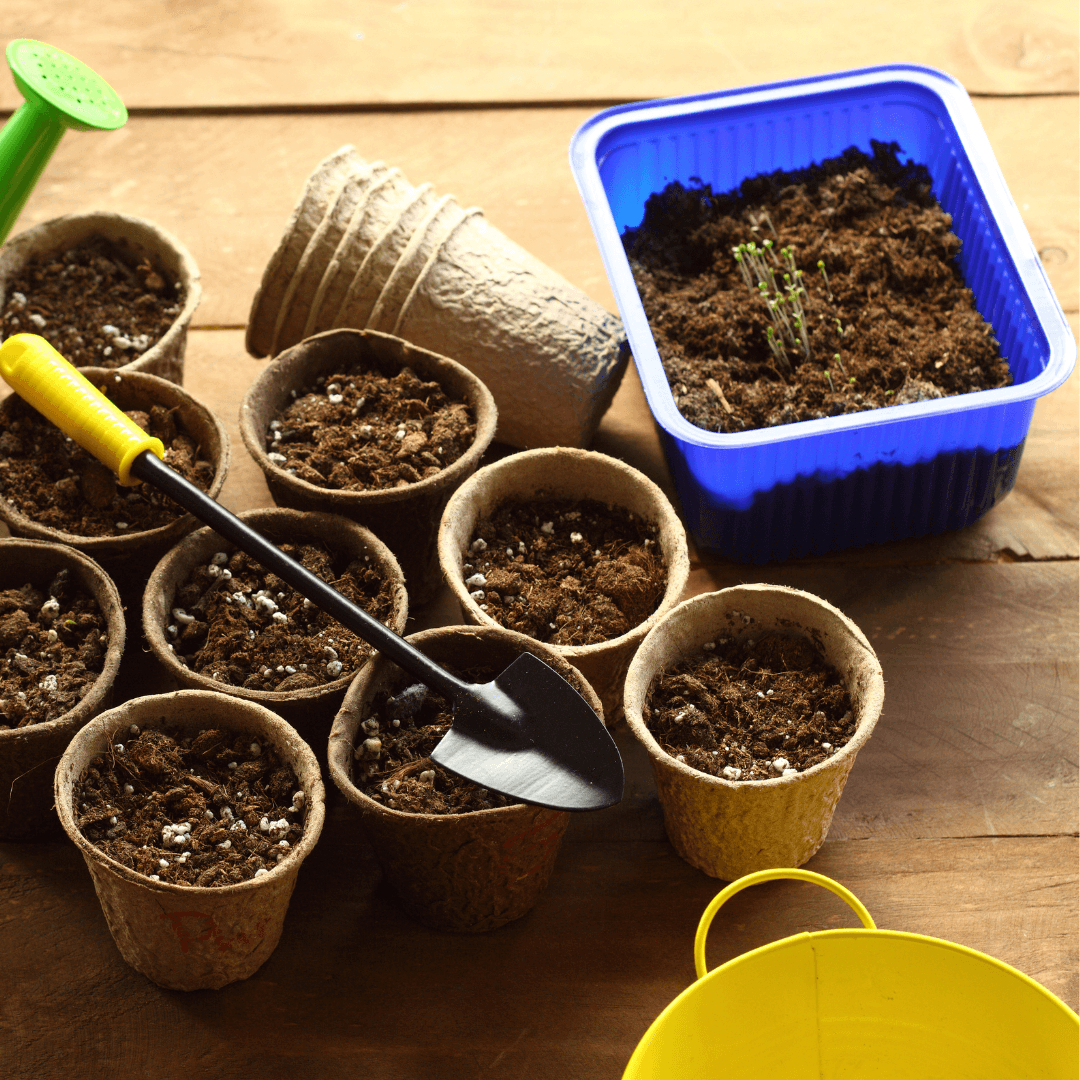
2. Use Well-Draining Soil To Grow Ajwain
To grow ajwain in containers successfully, use a well-draining potting mix that supports robust growth and nutrient uptake by mixing garden soil, compost, and a coarse substance like sand or perlite in equal parts.
To make a potting mix, mix garden soil, compost, and a coarse, well-draining substance (such as sand or perlite) in equal quantities.
This combination preserves vital nutrients for the Ajwain plants while enabling appropriate drainage.
Ajwain prefers slightly alkaline soil with a pH range between 6.5 and 7.5, so monitoring and adjusting the soil pH is essential. A slightly alkaline soil pH encourages robust growth and supports the plant's nutrient uptake.
Before planting, ensure the potting mix is thoroughly moistened but not waterlogged. This will help provide the Ajwain plants with the best possible growing environment.
Maintain moist but not saturated soil by routinely checking the moisture content of the soil and water.
Ajwain plants thrive in a well-drained potting mix with the proper pH level in your container garden. This promotes robust growth and bountiful harvests.
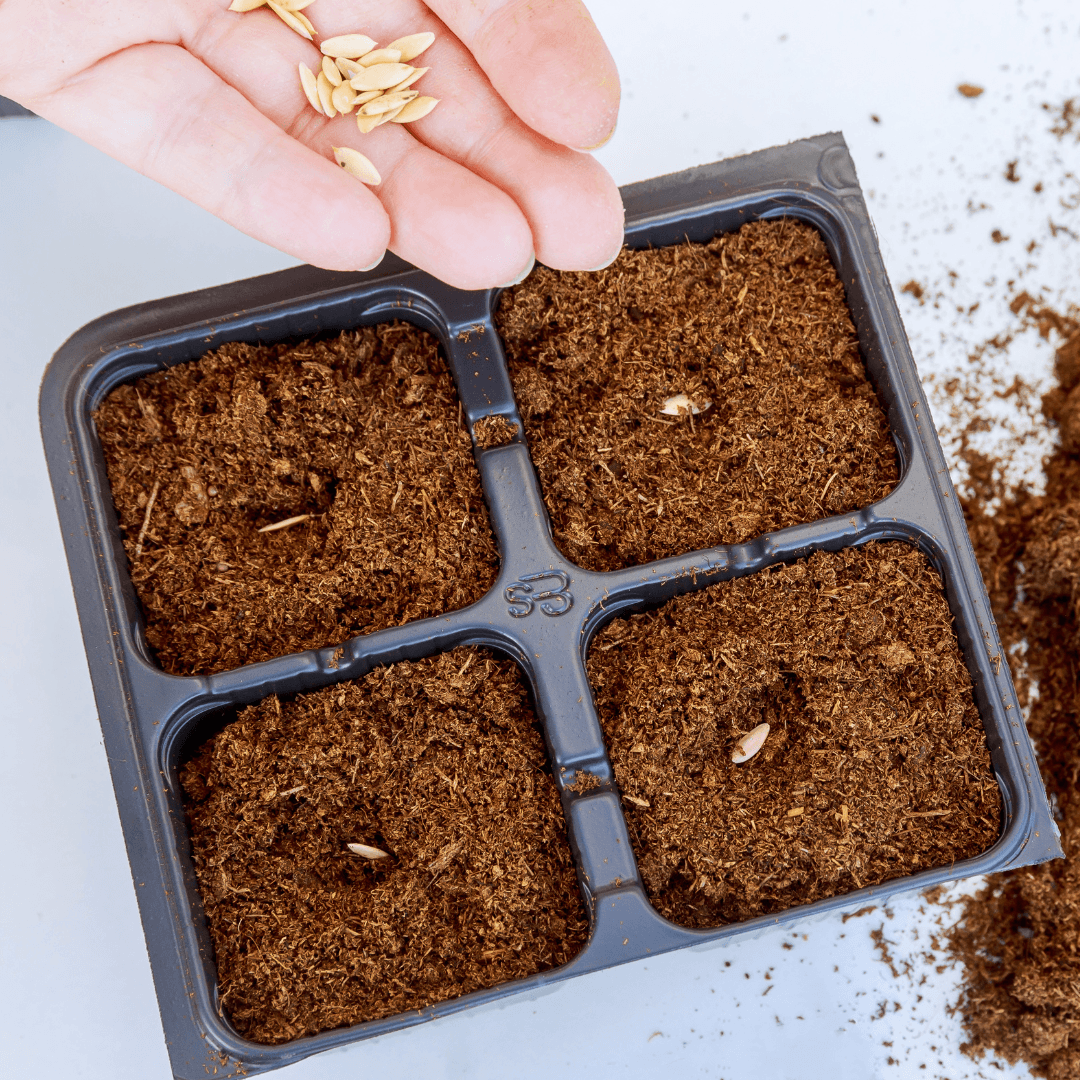
3. Sow Seeds Or Transplant Ajwain Seedlings
Start seeds directly in the container or transplant seedlings from a nursery to begin your Ajwain container garden.
Make careful to plant seeds in the potting mix about ¼ inch deep and space them about 6 inches apart to give them plenty of opportunity to grow.
To kickstart germination, lightly cover the seeds with dirt and give them lots of water. If transplanting seedlings, carefully remove them from their nursery containers and gently loosen the roots before planting them at the same depth.
Be mindful not to disturb the roots excessively during transplanting to minimize stress on the seedlings.
Whether sowing seeds directly into the container or transplanting seedlings, both methods offer viable options to grow Ajwain successfully in containers, providing enthusiasts with flexibility in starting their container garden.
Monitor the Ajwain plants closely in the initial stages to ensure they establish themselves well in the container.
With proper care, sowing and transplanting seedlings can lead to successful Ajwain cultivation in containers, offering a bountiful harvest of aromatic leaves and seeds.
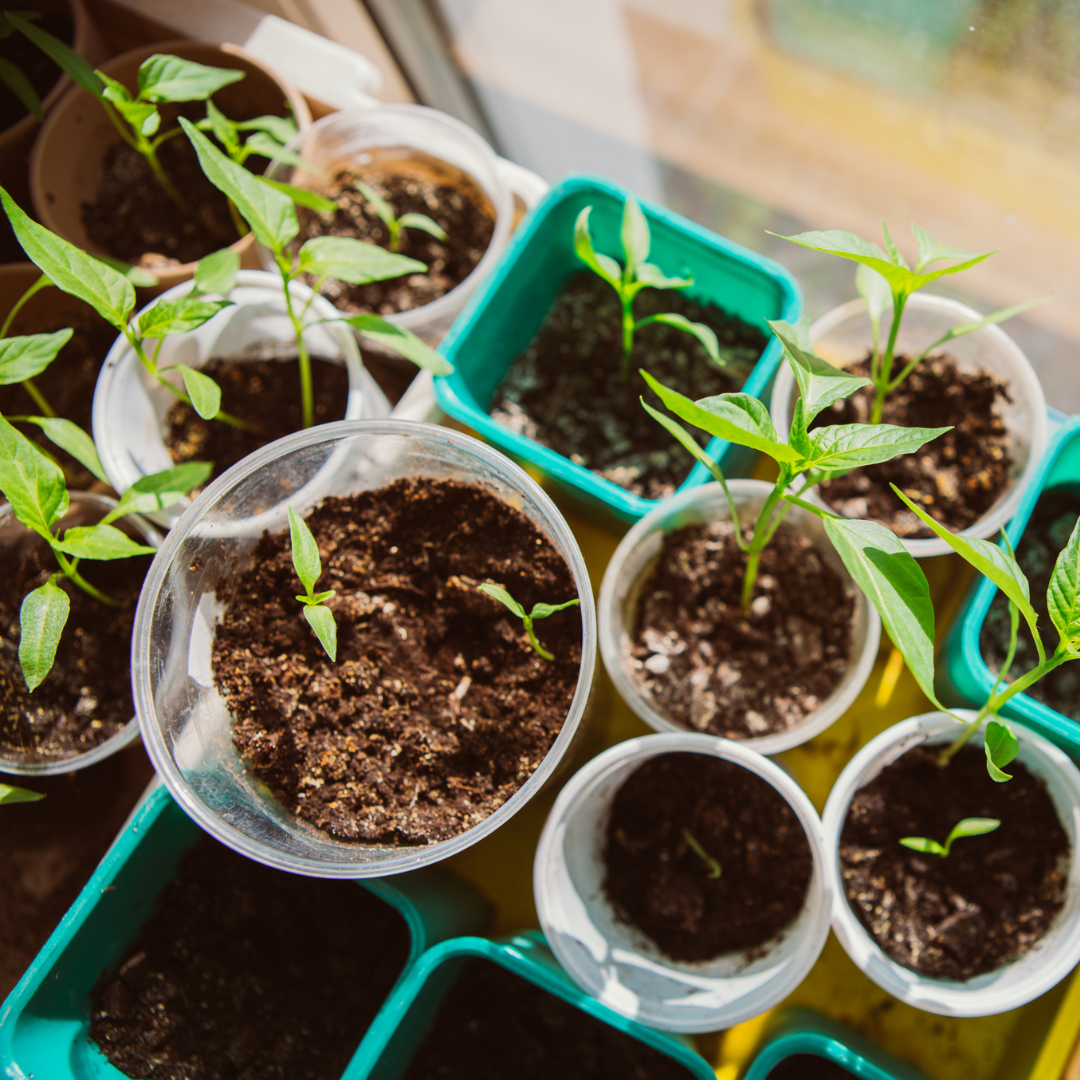
4. Provide Adequate Sunlight For Ajwain Plants
Adequate sunlight is essential for the healthy growth and development of Ajwain plants in containers.
Try to choose a spot for the container that gets full sun to partial shade, with at least 4-6 hours of direct sunlight each day being optimal.
Ajwain plants thrive in sunny conditions, which help stimulate robust foliage growth and promote the production of flavourful seeds.
However, they can also tolerate shade, making them suitable for container gardening in various outdoor spaces.
When choosing a location for your Ajwain container, consider factors such as the orientation of your balcony or patio, nearby structures or trees that may cast shadows, and the intensity of sunlight throughout the day.
If you reside in a very hot area, giving your ajwain plants some partial shade during the warmest part of the day can help them avoid heat stress.
Ensuring adequate sunlight exposure will encourage healthy growth and maximize the yield of aromatic leaves and seeds from your Ajwain container garden.
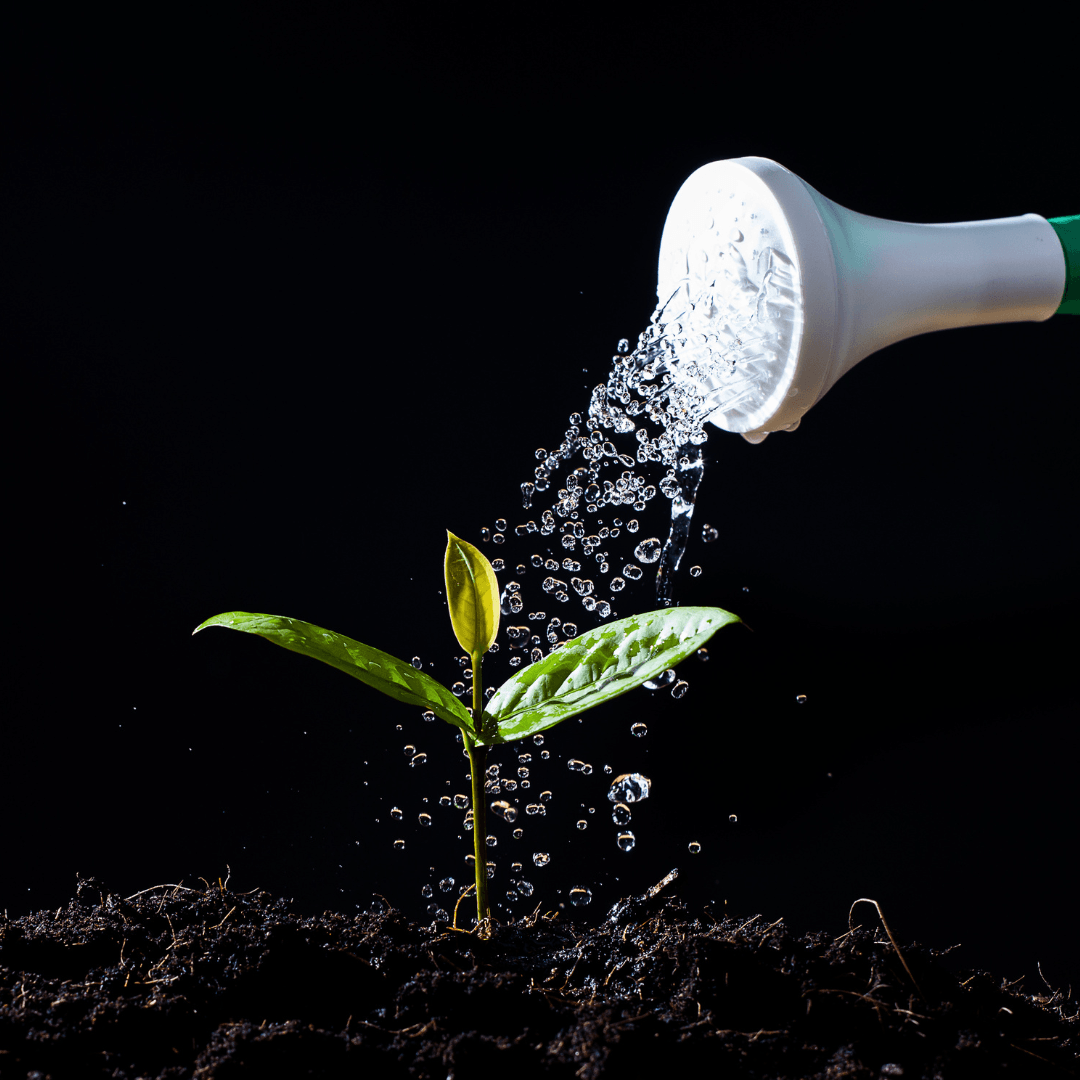
5. Water Aiwain Plants Regularly But Moderately
Maintaining proper moisture levels is crucial for the health and vitality of Ajwain plants in containers.
While keeping the soil consistently moist is important, avoiding waterlogging is equally essential, which can lead to root rot and other moisture-related issues.
Water the plants regularly but moderately, ensuring the soil remains damp but not saturated. A good rule of thumb is to water when the top inch of soil feels dry.
This allows you to gauge the moisture level accurately and prevent overwatering. Overwatering can result in root rot and suffocation, depriving the roots of oxygen.
Additionally, excess water in the soil can create an environment conducive to fungal diseases and pest infestations.
Maintaining proper moisture levels by watering regularly but moderately is essential to successfully growing Ajwain in containers. This ensures healthy plant growth while avoiding issues such as root rot.
You may need to water more frequently during hot or dry periods to prevent the soil from drying out completely.
Practicing regular but moderate watering will help maintain optimal soil moisture levels and promote healthy growth in your Ajwain container garden.

6. Fertilize Ajwain Plants Sparingly
Ajwain plants are relatively low in maintenance regarding fertilization, as they do not require heavy feeding.
However, providing some nutrients can promote healthy growth and enhance the flavour of the leaves and seeds.
To avoid over-fertilizing, use a balanced liquid fertilizer diluted to half strength, such as a 10-10-10 or 20-20-20 formulation.
Apply the fertilizer monthly during the growing season, typically from spring to early fall. Avoid fertilizing during the dormant winter when the plants are not actively growing.
When applying the fertilizer, water the Ajwain plants thoroughly afterward to ensure the roots absorb the nutrients.
Over-fertilizing can lead to excessive foliage growth at the expense of seed production and may also cause nutrient imbalances in the soil.
By fertilizing sparingly with a balanced liquid fertilizer, you'll give the Ajwain plants the nutrients they need for healthy growth and robust harvests without risking nutrient overload or plant stress.
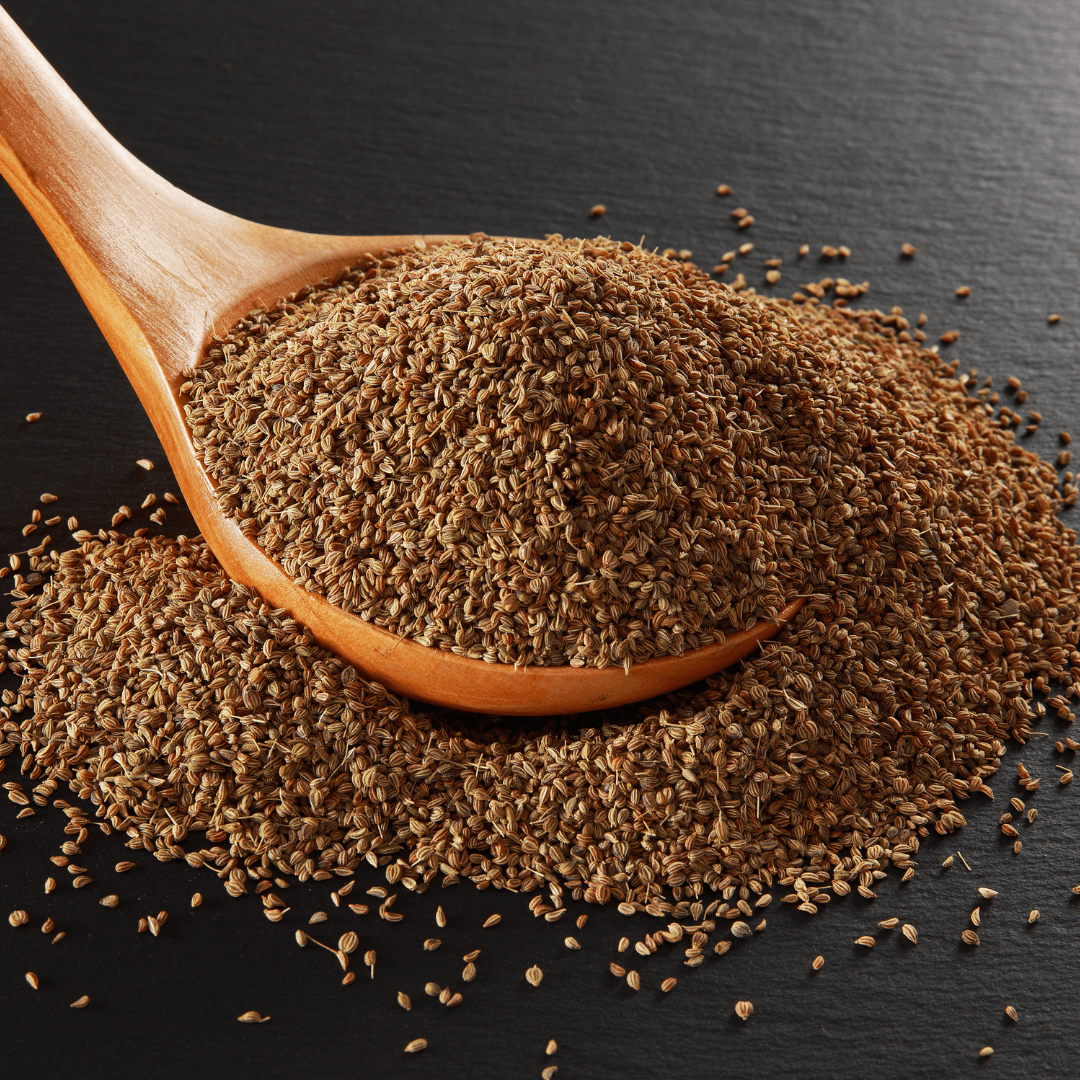
7. Harvest Leaves And Seeds
Harvesting Ajwain leaves and seeds is a rewarding part of container gardening. It provides fresh herbs and flavourful seeds for culinary and medicinal purposes.
Ajwain can enhance culinary creations when grown in containers by harvesting savoury seeds and aromatic leaves once the plants are around 6 inches tall.
As the leaves become too much for the plant to bear, trim them off with sharp scissors or pruning shears, making sure not to take too much away from the plant.
Ajwain leaves have an intense aroma and a distinct flavour, making them a versatile addition to various dishes, including curries, bread, and salads.
Additionally, some Ajwain plants can bolt and flower, which signals the beginning of seed formation.
Once the flowers have bloomed and dried, harvest the seeds by gently shaking or rubbing the seed heads over a clean surface to collect the seeds.
Store the seeds in a cool, dry place for future use in cooking or propagation in the next growing season.
By harvesting leaves and seeds selectively, you'll ensure a steady supply of fresh Ajwain for culinary enjoyment while preserving seeds for future plantings.
Conclusion
Growing Ajwain in containers offers a convenient and rewarding way to cultivate this versatile herb in urban and limited-space settings.
Whether you're a novice gardener or an experienced enthusiast, container gardening allows you to enjoy Ajwain's aromatic leaves and flavourful seeds while enhancing your culinary creations and reaping its numerous health benefits.
Set on the rewarding journey to grow ajwain in containers. This promise promises to enrich your kitchen with fresh herbs and seeds while beautifying and fragrancing your living space.
Cultivating ajwain in pots will enhance the sensory experience and nourish your body and spirit. So, gather your gardening equipment, roll up your sleeves, and get started.
I trust you enjoyed this article on the Best Tips To Grow Ajwain In Containers. Please stay tuned for more blog posts soon. Take care!
JeannetteZ
>>>Please click here to read my all-inclusive article about Container Gardening<<<
>>>Are you interested in homegrown herbs and medicine? Please click here to find out more about it!<<<
Your Opinion Is Important To Me
Do you have thoughts, ideas, or questions? I would love to hear from you. Please leave me your questions, experiences, and remarks about this Best Tips To Grow Ajwain In Containers article in the comments section below. You can also reach me by email at Jeannette@Close-To-Nature.org.
Disclosure
This post may contain affiliate links. As an Amazon Associate and other affiliate programs, I earn from qualifying purchases at no extra cost to you. Please read my full affiliate disclosure.
You might also enjoy these blog posts:
Expert Tips On How To Plant Cumin Successfully
Best Tips To Grow Skullcap In Containers
Best Tips To Grow Tulips In Containers
Best Tips To Grow Snowdrops In Containers



